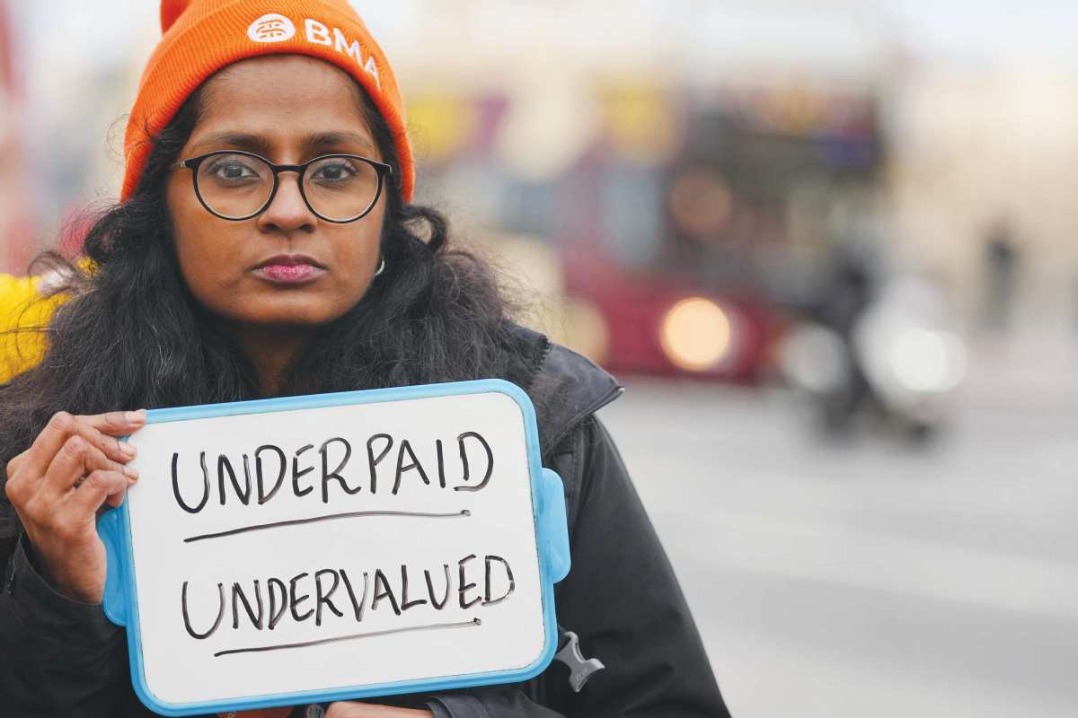Videos keep deaf updated on status of outbreak
By LI LEI | CHINA DAILY | Updated: 2020-03-12 13:33

Sun Yan'e, a deaf woman in Dalian, Liaoning province, who is better known as "Aunt Chi" on the video-streaming platform Kuaishou, has been busy making videos featuring sign language to help guide the deaf and hearing-impaired community through the novel coronavirus outbreak.
In a string of videos released since January, she has used gestures and dramatic facial expressions to explain at length the correct use of face masks and the way the virus is transmitted, after the panic prompted many people to wear masks at home or change them too frequently.
In one video that got 12,300 views, Sun compared her messy hair to the spikes protruding from the coronavirus in an attempt to inform people about the basics of the epidemic and the latest scientific findings.
Since the authorities have been discouraging people from going outside in an attempt to curb the spread of the virus, Sun, 53, has also made videos showing how she has killed time at home by reading, drinking tea and making face masks.
"Watching videos in sign language has become one of the primary ways for people like me to get information," said Sun, who has 43,500 followers on Kuaishou.
State broadcaster China Central Television has long included sign language interpreters and subtitles in its news programs, but they still fail to get through to many with hearing problems.
Some within the hearing-impaired community have expressed frustration because they cannot read. Others have complained that the sign language interpretations have too many abstract terms, with the interpreters given little time to explain them better.
China had an estimated 20 million deaf or hearing-impaired people in 2010, according to the latest statistics available from the China Disabled Persons' Federation.
There's no official figure for the literacy rate among the group, but experts estimate it is around only 10 percent, given that the hearing-impaired are more often excluded from schools than those with physical disabilities.
To meet their demand for epidemic-related information, China's deaf and hearing-impaired association, a subsidiary of the federation, has made sign language videos explaining how to keep safe during the outbreak. It has also added subtitles to a flurry of videos released by the authorities and distributed them to WeChat groups used by hearing-impaired people, it said.
Another group of disabled people, the blind and visually-impaired, use free screen-reading software to read articles on their smartphones, in addition to listening to TV and radio programs.
The China Association of the Blind has made epidemic-related information available in audible form and released it on the 400-610-7868 hotline and WeChat groups created by visually-impaired people.
























